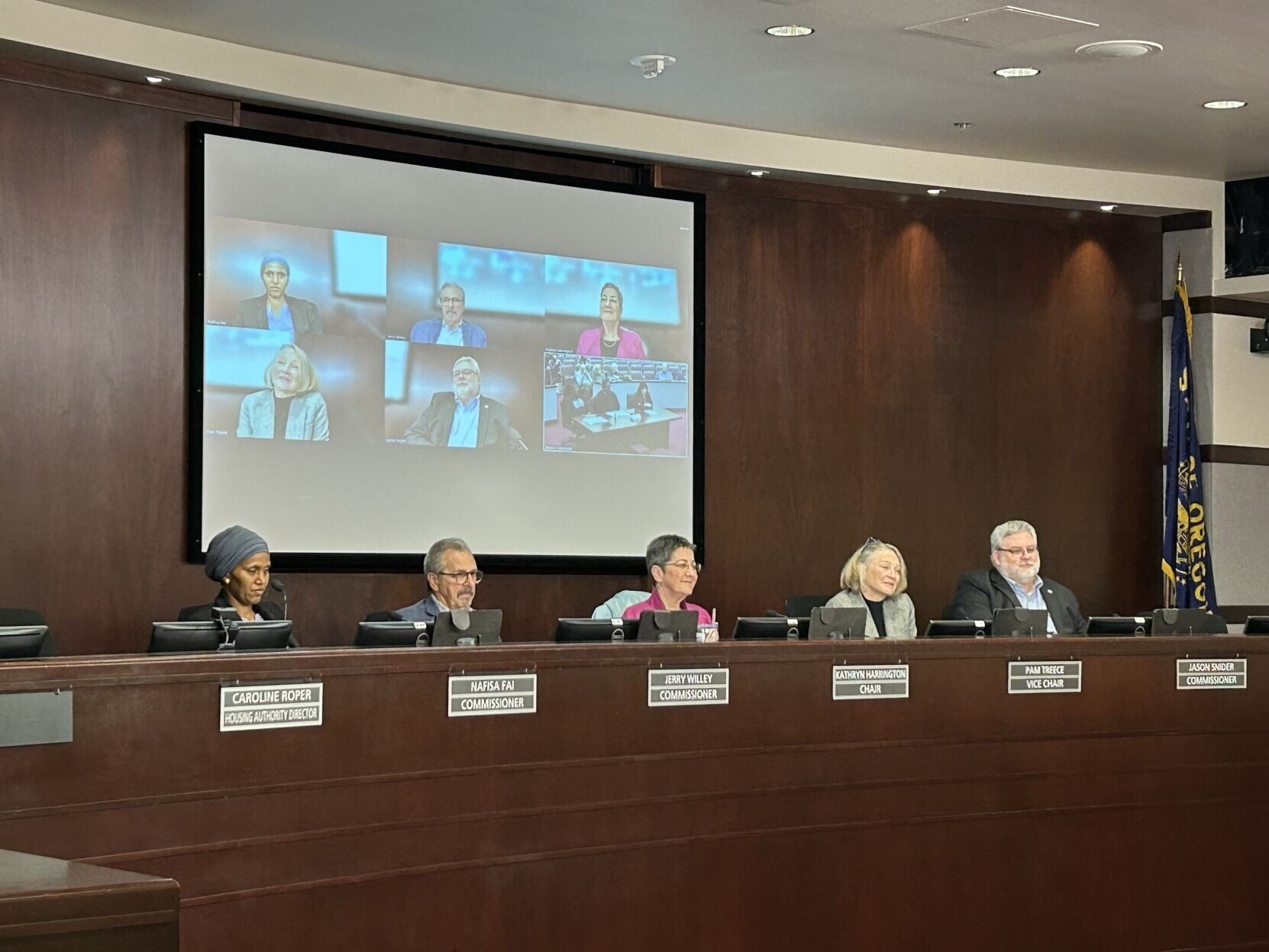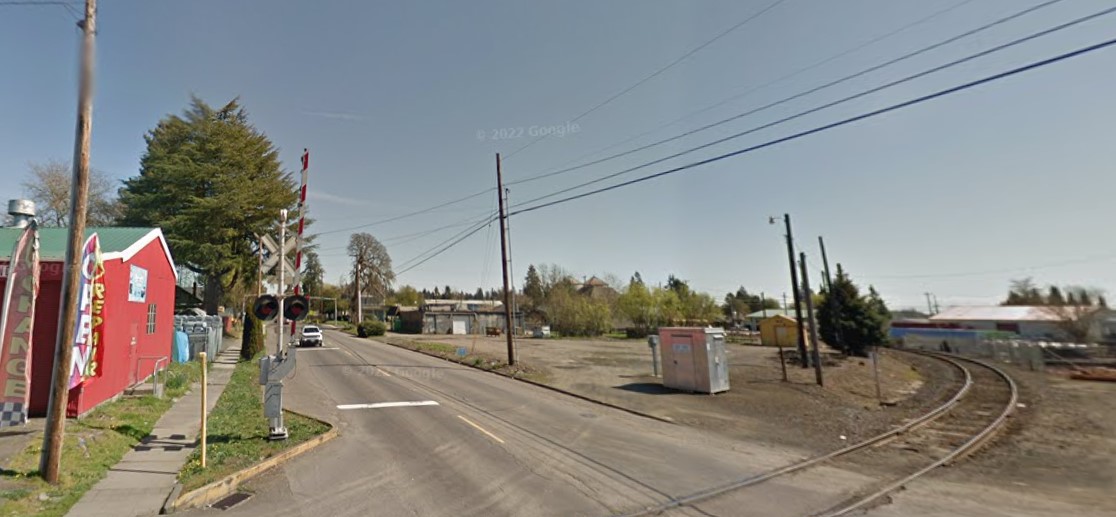Sherwood’s water treatment plant expected to wrap up in 2026
Published 11:28 am Friday, July 11, 2025
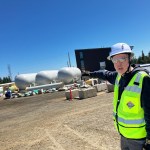
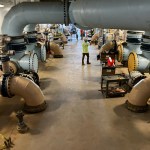
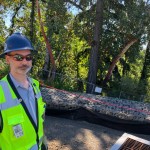

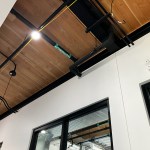
Work is continuing on the Willamette Water Supply Program’s water treatment facility, an expansive project undergoing construction just off of Southwest 124th Avenue on Ice Age Drive in Sherwood.
When completed sometime in 2026, the $420 million endeavor will provide safe drinking water from the Willamette River to those who now get their water from the Tualatin Valley Water District, the city of Hillsboro and the city of Beaverton.
The state-of-the-art treatment facility is part of the Willamette Water Supply System that will pump water through a 30-mile series of pipes after it has been made safe to drink and pleasant to the palate.
Withstanding the ‘Big One’
Trending
The overall plan is to make sure it’s resilient to anything Mother Nature would ever think of unleashing on it.
“The whole program, all the way from Wilsonville, all the way up to (Highway) 26, out into Beaverton is all designed to withstand an earthquake,” Matthew Gribbins, Willamette Water Supply water treatment plant project manager, said during a recent tour of the facility. “So we’re probably going to be one of the few water utilities in the area that may still be around after an earthquake.”
That includes withstanding the so-called “Big One,” the predicted massive earthquake expected to occur along the Cascadia Subduction Zone, a major fault line off the Pacific Northwest coast.
Building a resilient facility is exactly what Willamette Water Supply Program officials had in mind when they started building the treatment facility, said Gribbins, noting that’s why they built it on bedrock.
“It’s not just sitting on loose soil,” Gribbins said of the water treatment project where construction began in April 2022.
That will prove beneficial for a water system constructed to provide 60 million gallons of water a day, an amount that could be bumped up to as much as 120 gallons a day in the future.
Trending
“The water plant is kind of the last thing to be done and was always planned to be the last thing to be done,” said Gribbins. “The rest of the program is pretty well done.”
Missoula Floods bring granite to site
Once the water is treated, it will enter a large onsite clear well or reservoir for storage, a tank that is wrapped in 16 miles of heavy-gauge wire to make sure it withstands a natural disaster.
“One of the interesting things is that when we were doing some early work on the site — we had to blast out for about six months to get the site leveled out to where we needed it to be for the construction — we actually found some granite boulders which are not native to this area. Those boulders came down from the Missoula Floods,” he said.
Those same glacial floods from the end of the last Ice Age are believed to have been what transported the Willamette Meteorite to an area near West Linn, where it was discovered more than 100 years ago.
Smaller pieces of that blasted Basalt rock were meticulously placed into wire baskets to create gabion walls throughout the site. Those walls were created by crews of six to 10 workers, according to Milton Stamp, safety coordinator for WWSP.
Willamette Water Supply Program’s administrative building will be located on the site as well.
Sherwood would receive water in an emergency
Although Sherwood won’t financially benefit from the treatment plant because property taxes can’t be collected on a public building, there are other benefits.
“While Sherwood’s water will continue to be treated in Wilsonville, the new treatment plant represents a major step forward in ensuring long-term water reliability for our entire region,” said Sherwood City Manager Craig Sheldon. “Investments like these strengthen our shared infrastructure and build resiliency that benefits all communities, especially during emergencies.”
An added bonus will be on-site public access to a kolk pond created during the Missoula Floods. A platform overlooking that area and information boards regarding how it was formed will be installed as the project wraps up.







